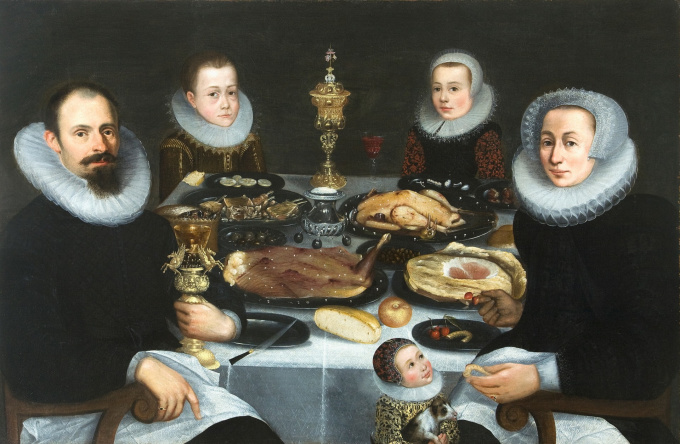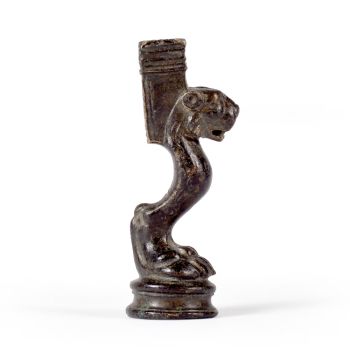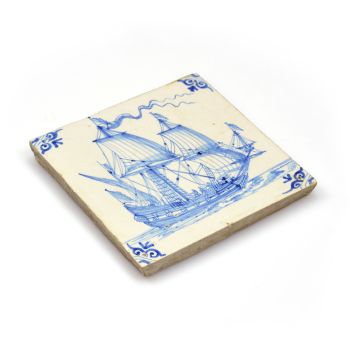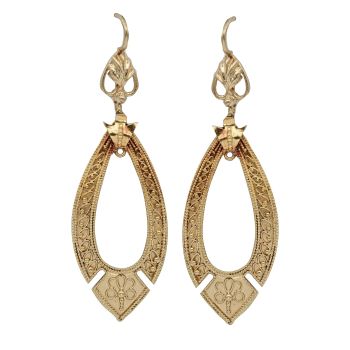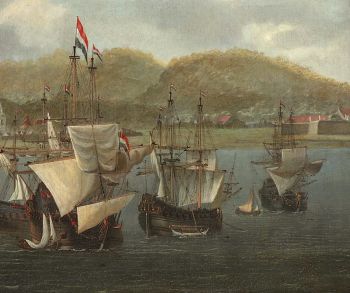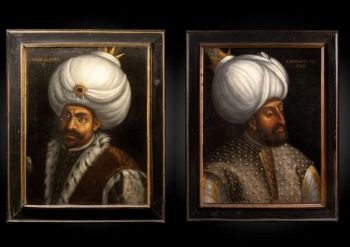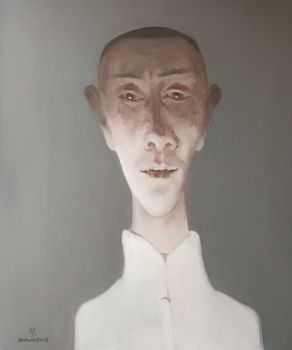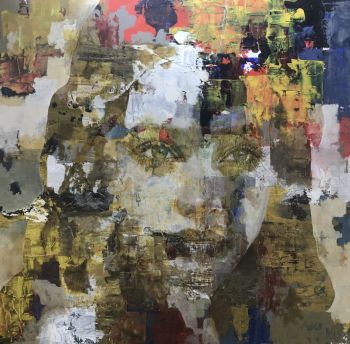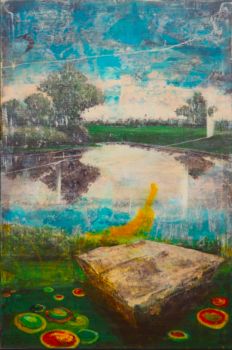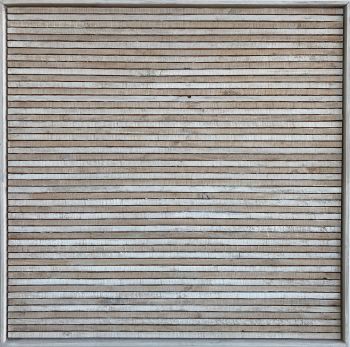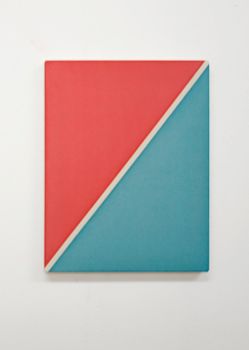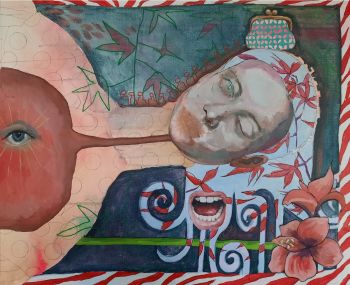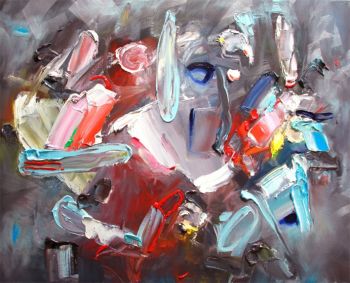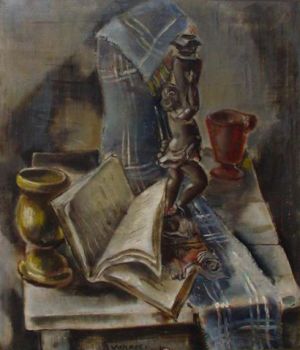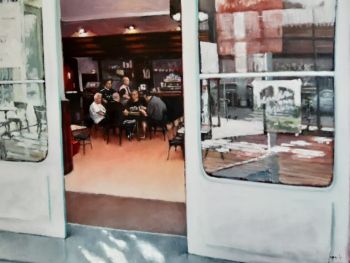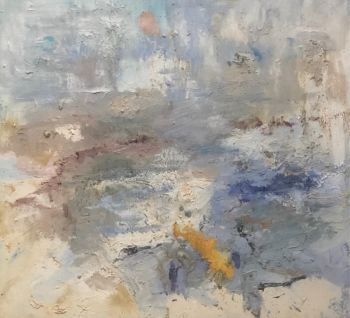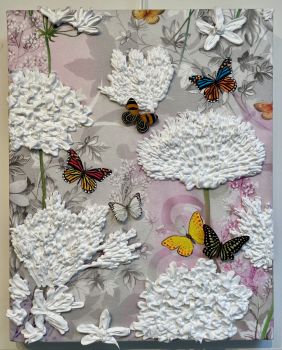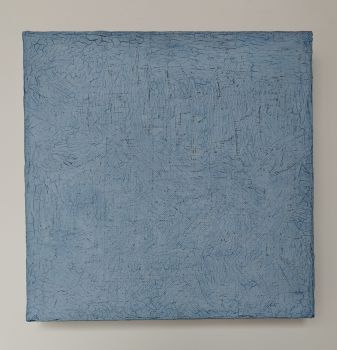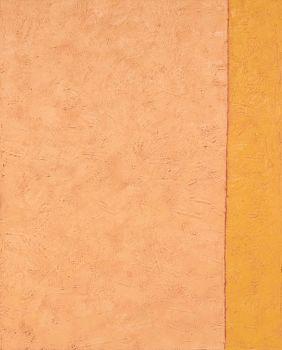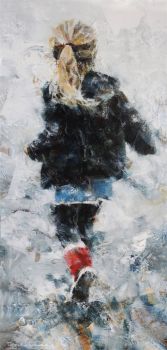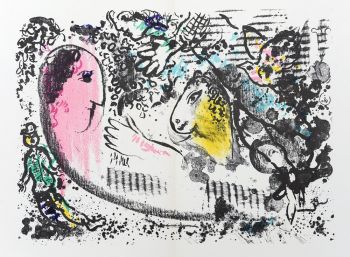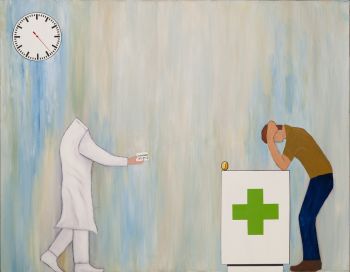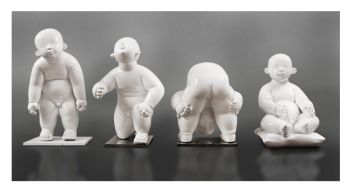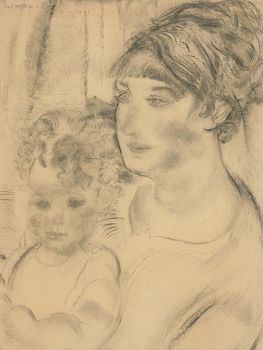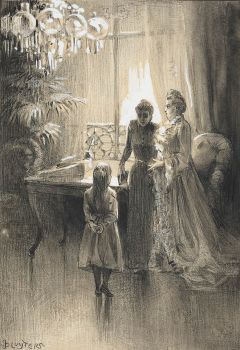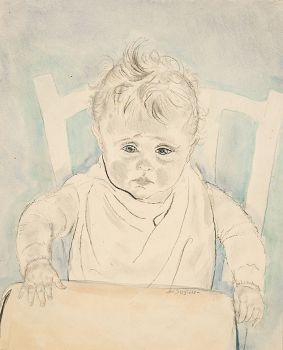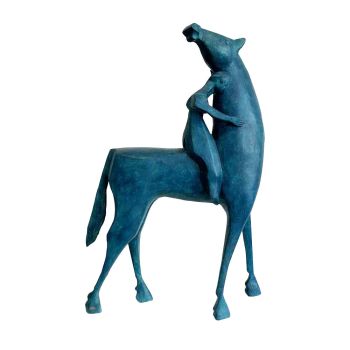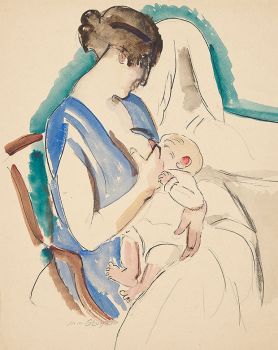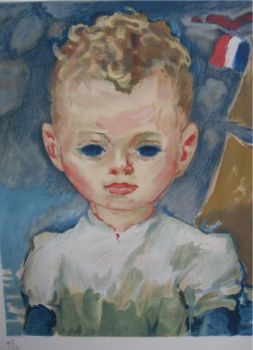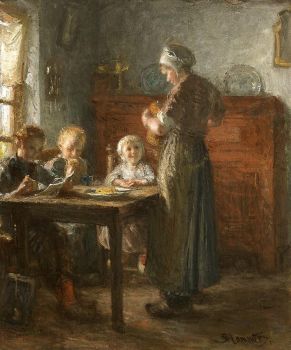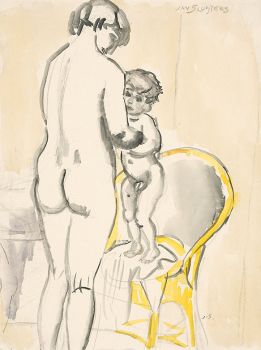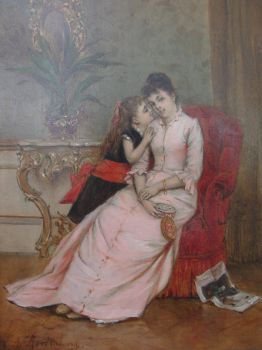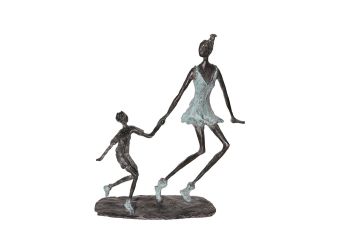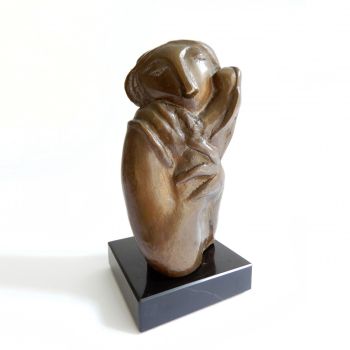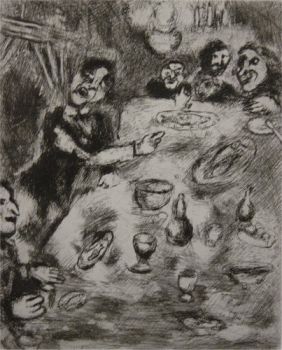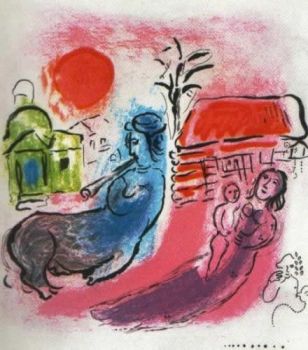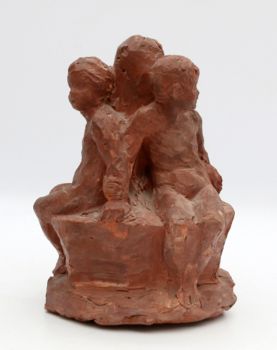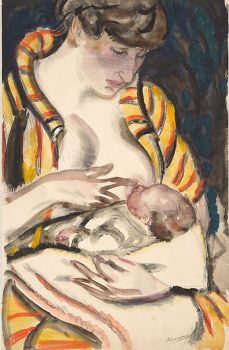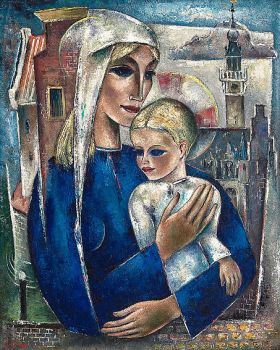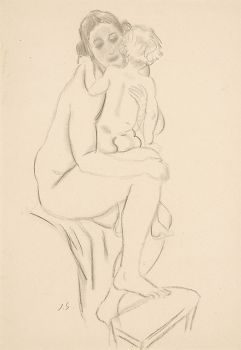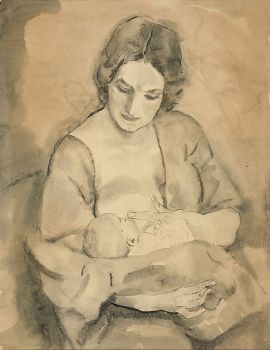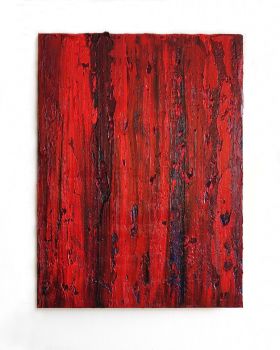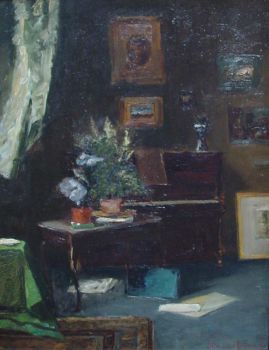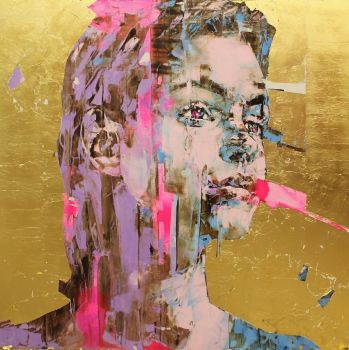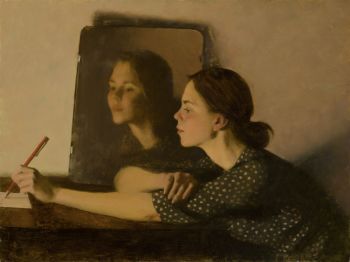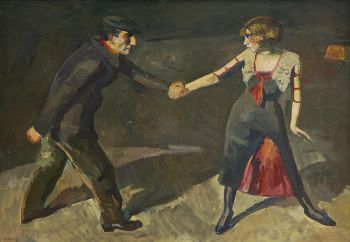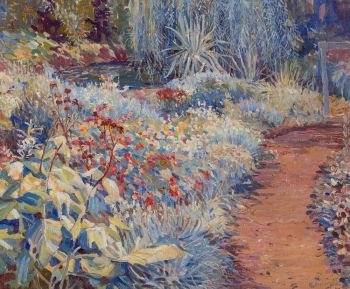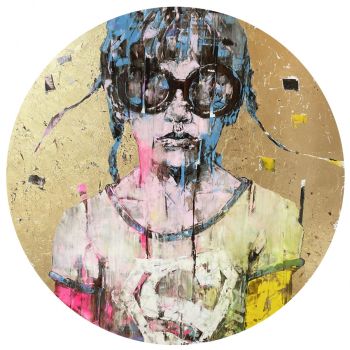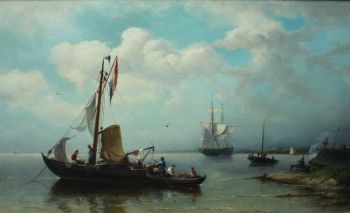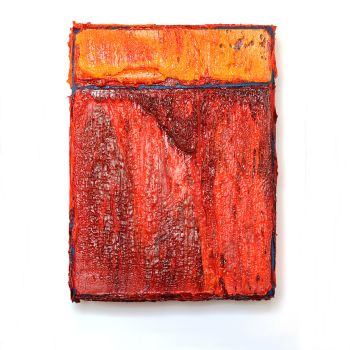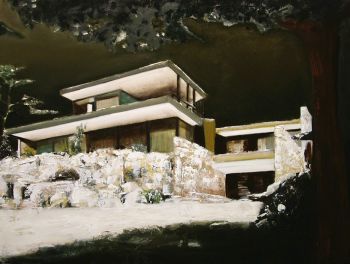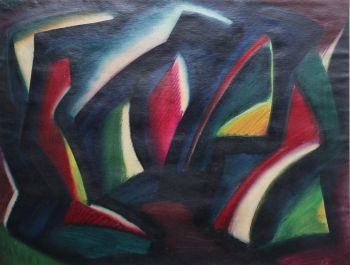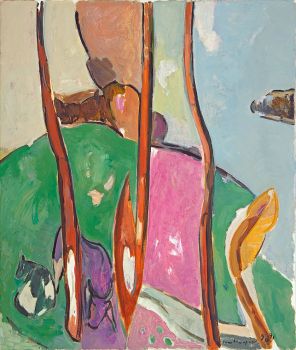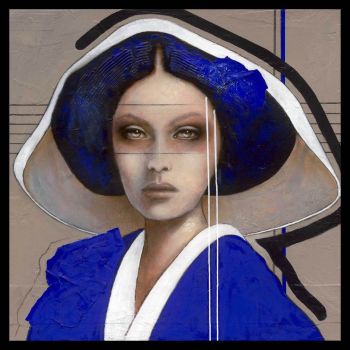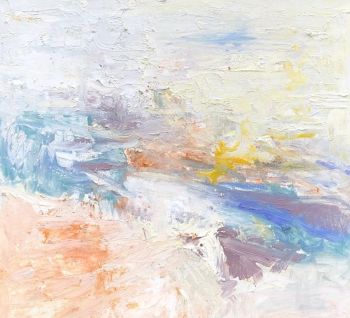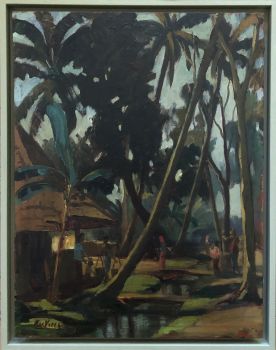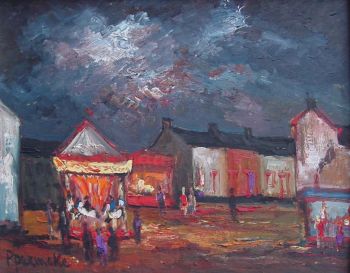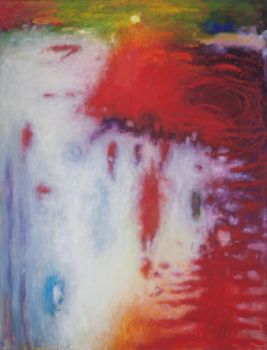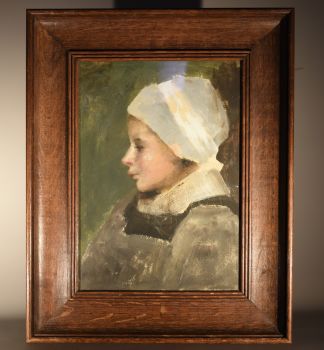Portrait of a Patrician family 1610
Onbekende Kunstenaar
OlieverfVerf
101 ⨯ 152 cm
Momenteel niet beschikbaar via Gallerease
- Over kunstwerkPORTRAIT OF A PATRICIAN FAMILY
with an unidentified monogram/coat of arms and star on the blade of the knife | circa 1610 | oil on canvas | 152 x 101 cm
Provenance: Dutch private collection by descent
This portrait of a patrician family, seated around the table, is a rare and important piece within the art history of the early 17th century. It can be dated circa 1610, on the basis of its stylistic features and the presented objects. Only a few family portraits, with the family members gathered around a table, are known from the first quarter of the seventeenth century. This painting has been in the possession of a distinguished Dutch family for centuries.
The family portrait shows a wealthy family, who are seated at a lavishly set table. The husband and wife are seated at the most prominent places of the painting, according to traditional conventions. The father, as head of the family, confidently raises his berkemeier, a typical glass, which is mounted on a so –called bekerschroef. His wife is holding two cherries and a broken krakeling. Even though the children take in a central place in the painting, there is a hierarchy within the family. It was rather unusual for children to be seated at the table. They were expected to remain standing, as depicted here. Furthermore, from a hierarchical point of view, the boy was painted next to his father and the girl next to her mother.
The rich clothing, abundance of food and the precious objects that were placed on the table are means to impress the beholder. The exotic fruits, sweat meat, olives and salt were costly products, imported from distant countries. The silverware and delicate glasses are likely to have been part of the family estate. The silver salt cellar in this painting is very exceptional. It occurs in paintings by Osias Beert (1580-1624) and Clara Peeters (1594-1657), but has not been found in literature on antique silver yet. The clothing, with
fine lacework and gilt-thread embroidery conveys the message of wealth and abundance.
The painter managed to capture this special moment for posterity and this portrait was without doubt the show piece of the family. - Over kunstenaar
Het kan voorkomen dat een kunstenaar of maker onbekend is.
Voor sommige werken is het niet te bepalen door wie het gemaakt is of dat het is gemaakt door (een groep) ambachtslieden. Voorbeelden zijn beelden uit de Oudheid, meubels, spiegels of handtekeningen die vaak niet duidelijk of leesbaar zijn. Maar ook sommige werken zijn helemaal niet gesigneerd.
Ook kunt u de volgende beschrijving vinden:
•"Toegeschreven aan …." waarschijnlijk een werk van de kunstenaar maar niet zeker of gedeeltelijk
•“Atelier van ….” of werkplaats van” een werk uitgevoerd in het atelier of atelier van de kunstenaar, eventueel onder zijn toezicht
•“Cirkel van ….” een werk uit de periode van de kunstenaar die zijn invloed laat zien, nauw verbonden met de kunstenaar maar niet noodzakelijkerwijs zijn leerling
•“Stijl van ….” of “Volger van ….” een werk uitgevoerd in de stijl van de kunstenaar, maar niet noodzakelijk door een leerling; kan eigentijds of bijna eigentijds zijn
•“Wijze van ….” een werk in de stijl van de kunstenaar maar van latere datum
•"Na …." een kopie (van welke datum dan ook) van een werk van de kunstenaar
•“Getekend…”, “Gedateerd….” of “Ingeschreven” dan is het werk gesigneerd/ gedateerd/ ingeschreven door de kunstenaar. De toevoeging van een vraagteken duidt op een element van twijfel
•"Met handtekening ...", "Met datum ...", "Met opschrift..." of “Draagt signatuur/datum/opschrift” dan is de handtekening/datum/opschrift toegevoegd door iemand anders dan de kunstenaar
Artwork details
Related artworks
Onbekende Kunstenaar
Monumentale houten icoon: De heilige Nicolas van Mozaisk1600 - 1650
Prijs op aanvraagKunsthandel H.W.C. Dullaert Icons
1 - 4 / 12 Gecureerd door
Gecureerd doorDanny Bree
Onbekende Kunstenaar
A Surinam-themed Amsterdam long-case clock1746 - 1756
Prijs op aanvraagZebregs & Röell - Fine Art - Antiques
 Gecureerd door
Gecureerd doorGallerease Magazine
1 - 4 / 24 Gecureerd door
Gecureerd doorGallerease Magazine
1 - 4 / 24Jan Sluijters
interieur met twee dames en een meisje1900 - 1950
Prijs op aanvraagStudio 2000 Art Gallery
Jan Sluijters
Greet met Jantje, Moeder met kind, naakt staand op een stoel1900 - 1940
Prijs op aanvraagStudio 2000 Art Gallery
 Gecureerd door
Gecureerd doorGallerease Magazine
1 - 4 / 24Carel Nicolaas Storm van 's Gravesande
Mijn atelier in Brussel1841 - 1924
Prijs op aanvraagKunsthandel Pygmalion
1 - 4 / 24

